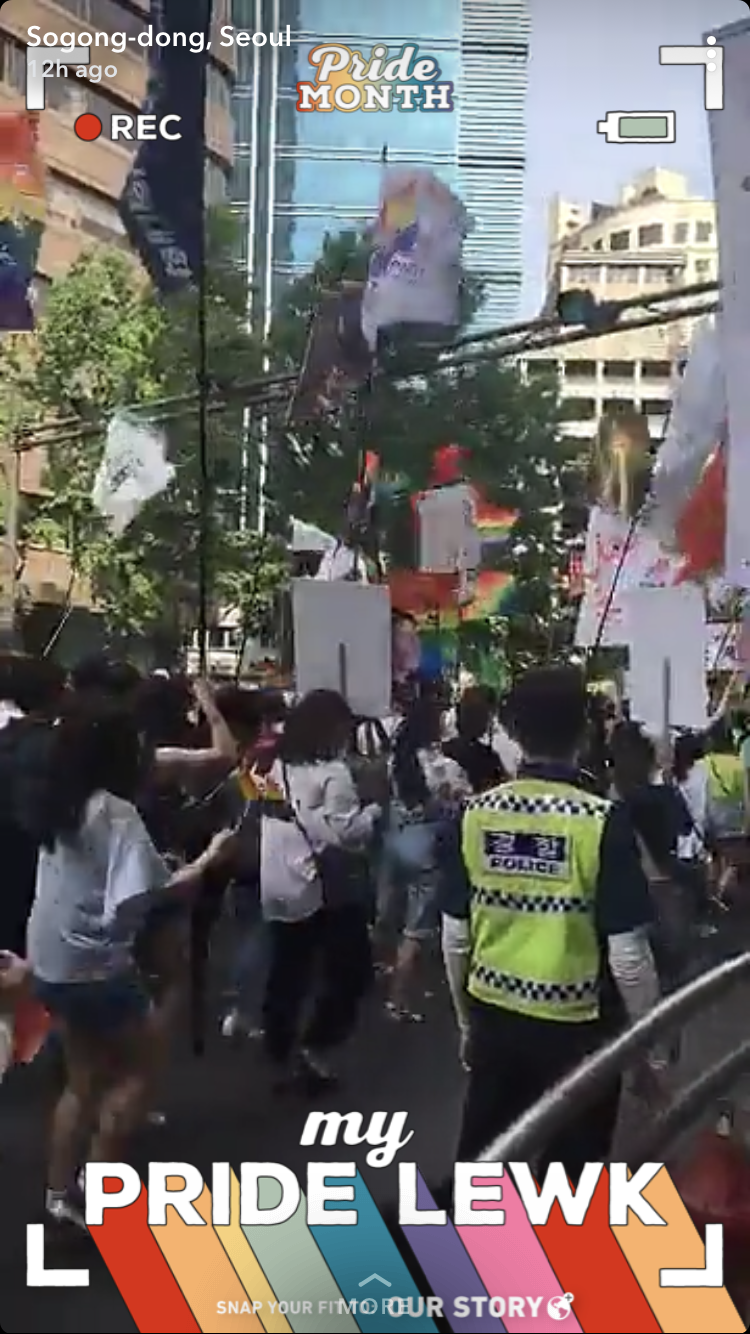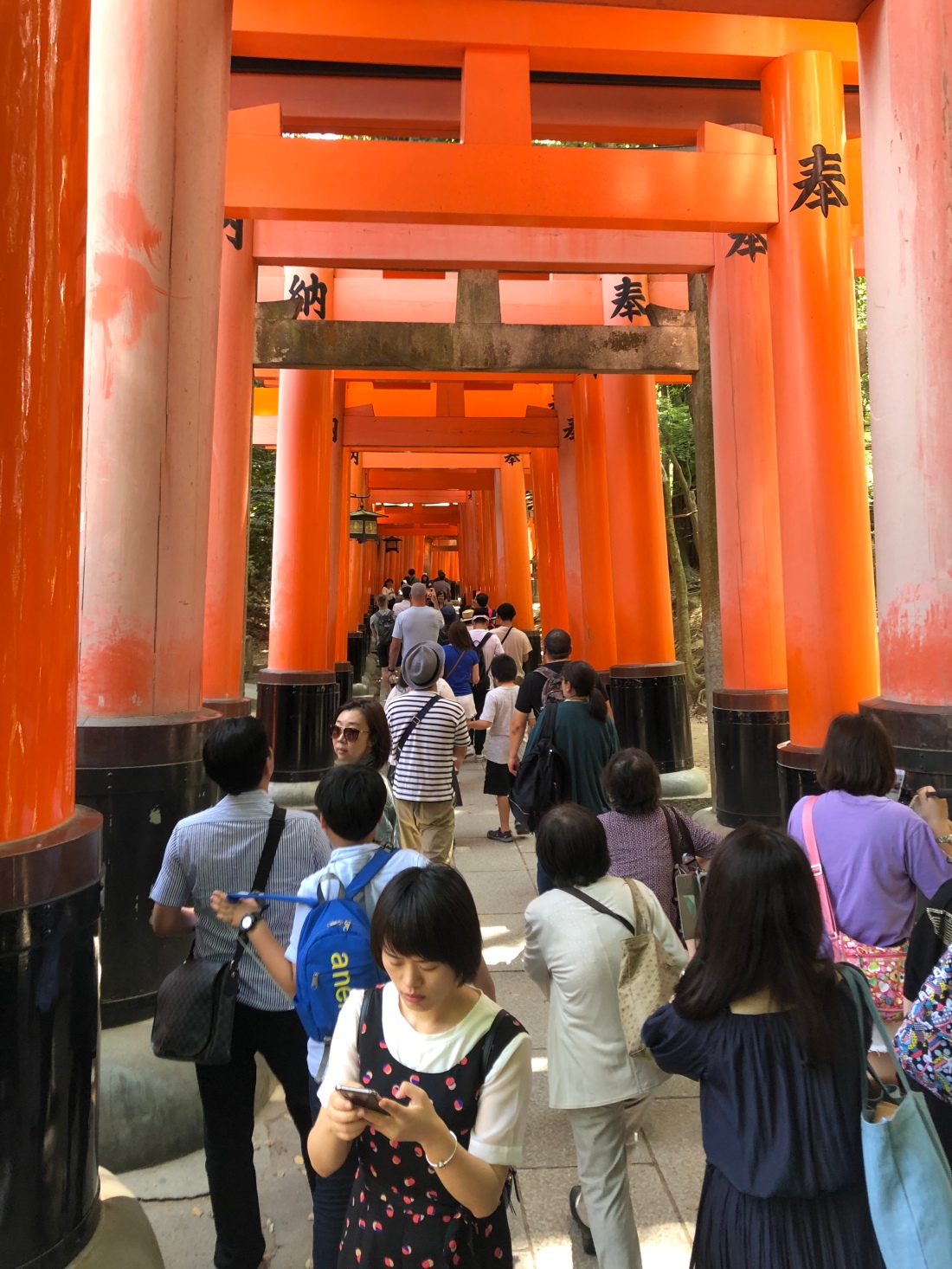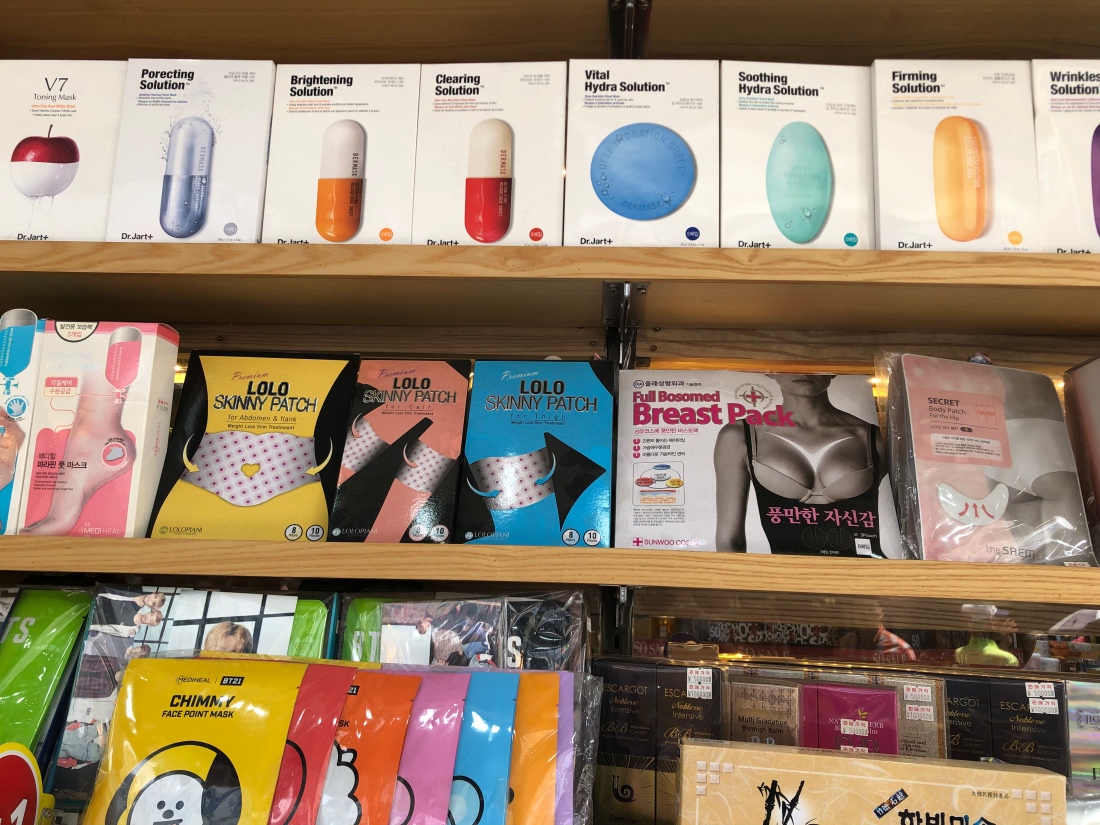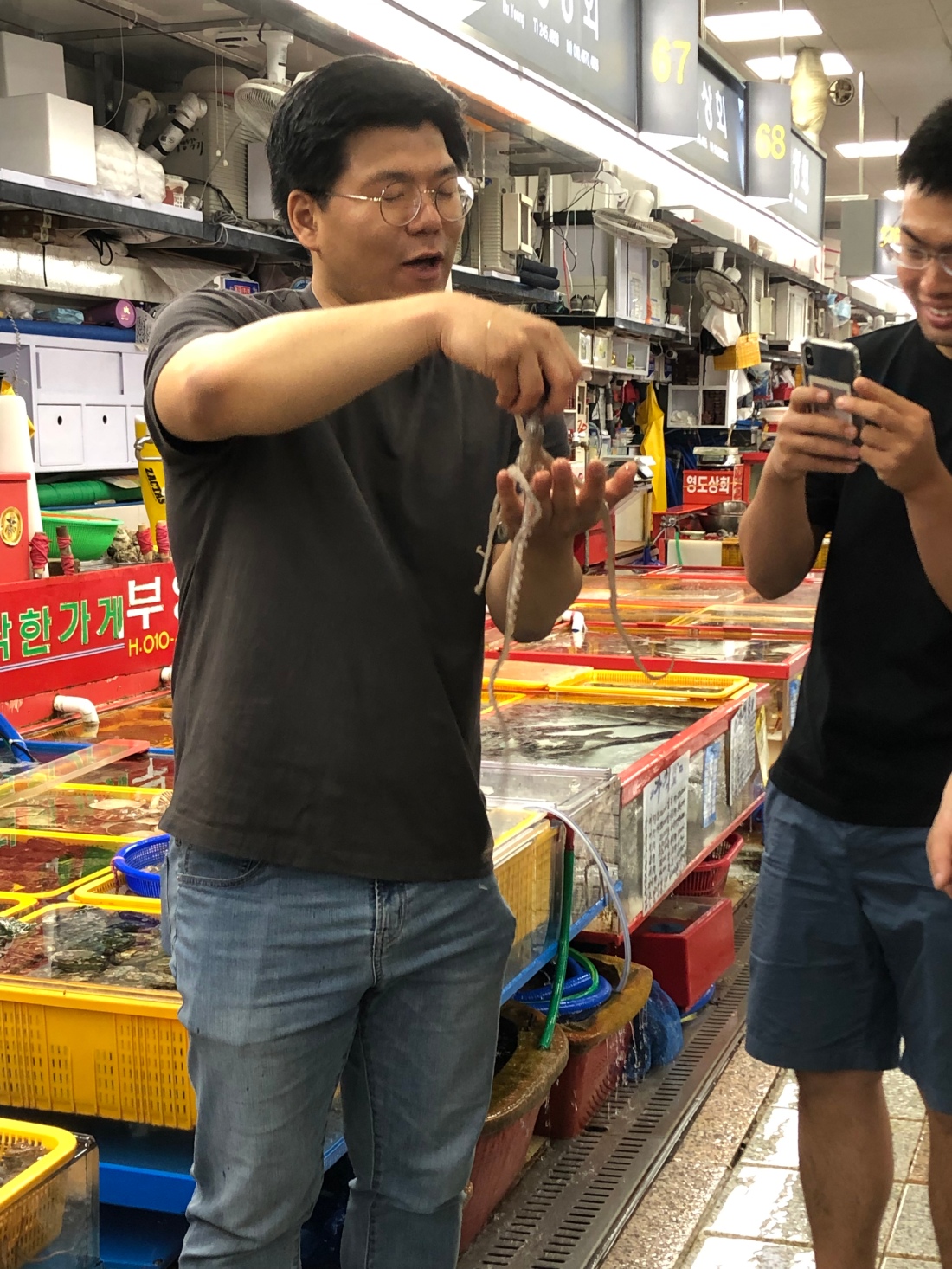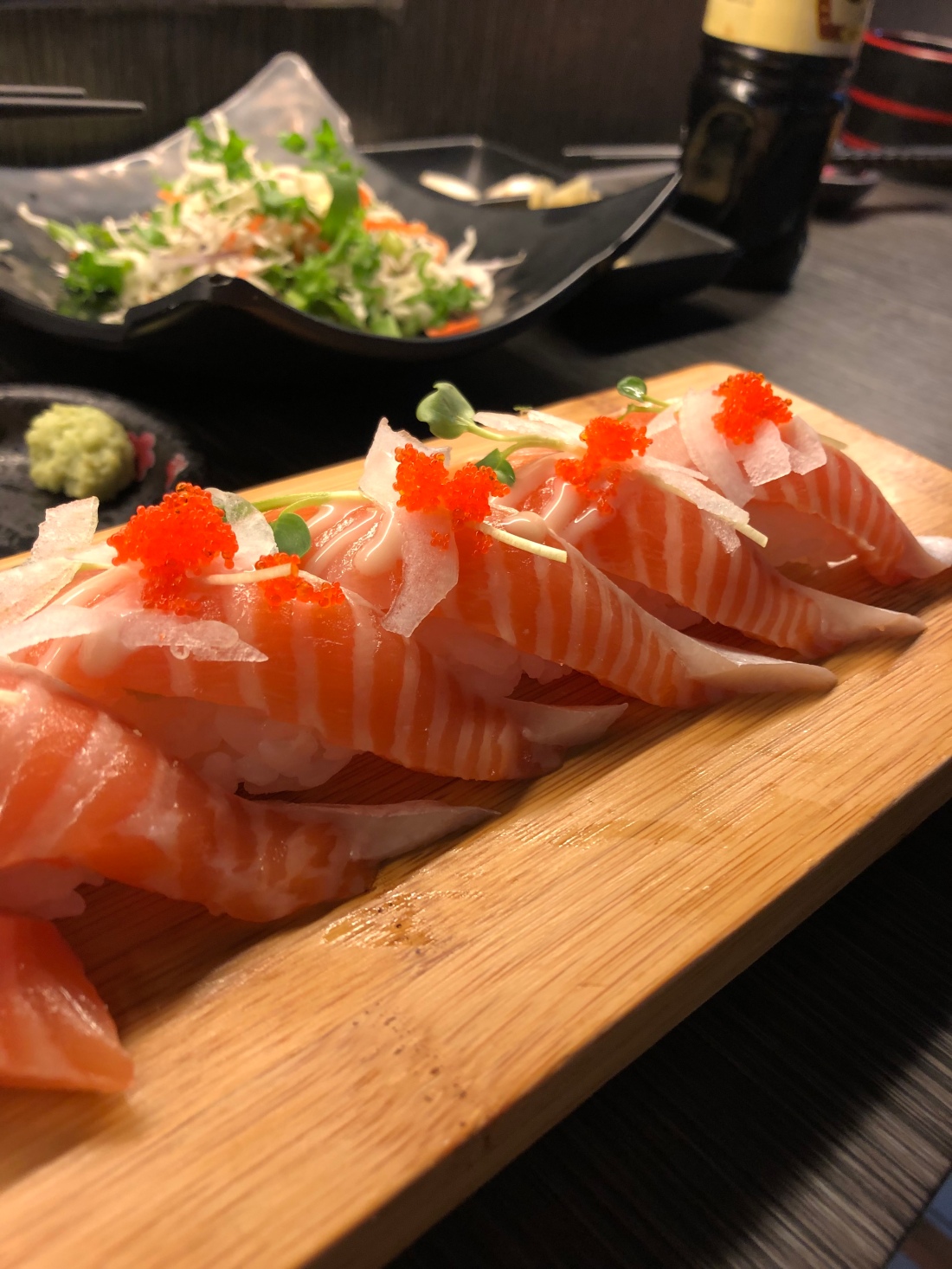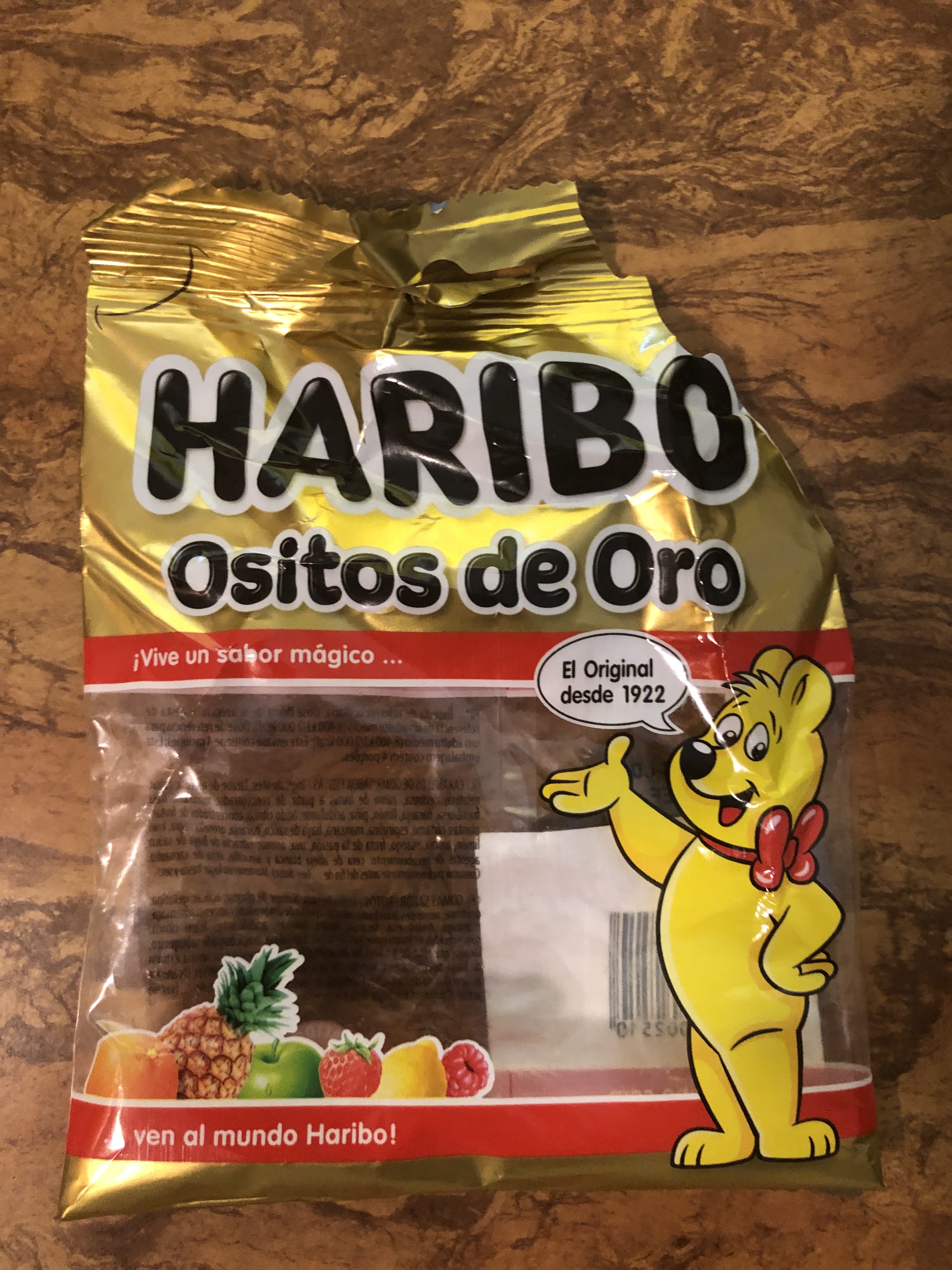My last day in Seoul was June 1st, which I typically would not think much about except for the fact that the streets were littered with rainbow flags, hundreds of police and the Seoul Pride Parade. For just as many that were celebrating, there were those who were protesting, however I think there were more protestors than what Pride Parades in the US have faced. I also observed most of the parade participants to be young people (college aged and young adults) and did not see a lot of older people. It seems that LGBT acceptance in Korea is very minimal, and members of the LGBT community who are older do not celebrate Pride because their generation does not support being different. While there is some of this mentality in the US, it seems to be a lot stronger in Korea. I was also surprised with the amount of police that I saw. It was more police than I had seen in the entirety of the trip! One of the offiers said it was to protect those celebrating, although he did not expect anything to get out of hand. One other interesting note—the rainbow pride flag could be seen hanging on the US embassy!

